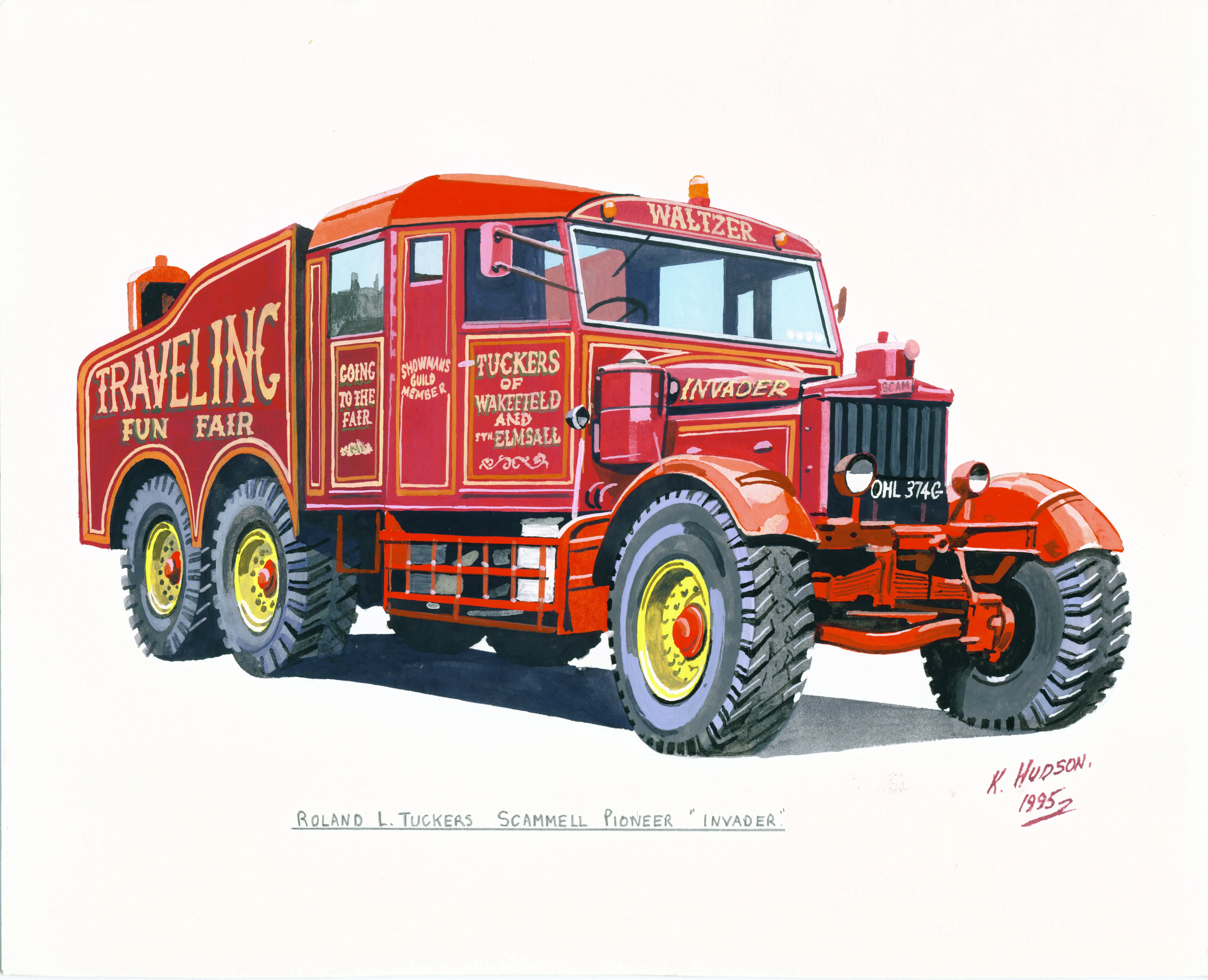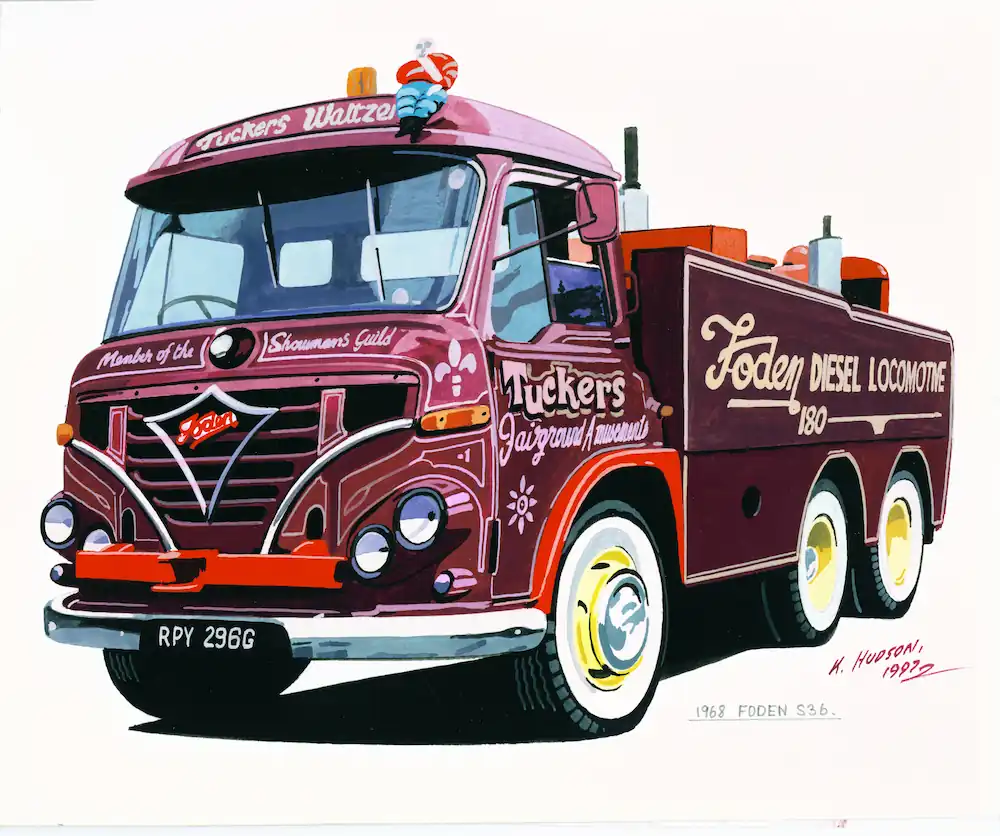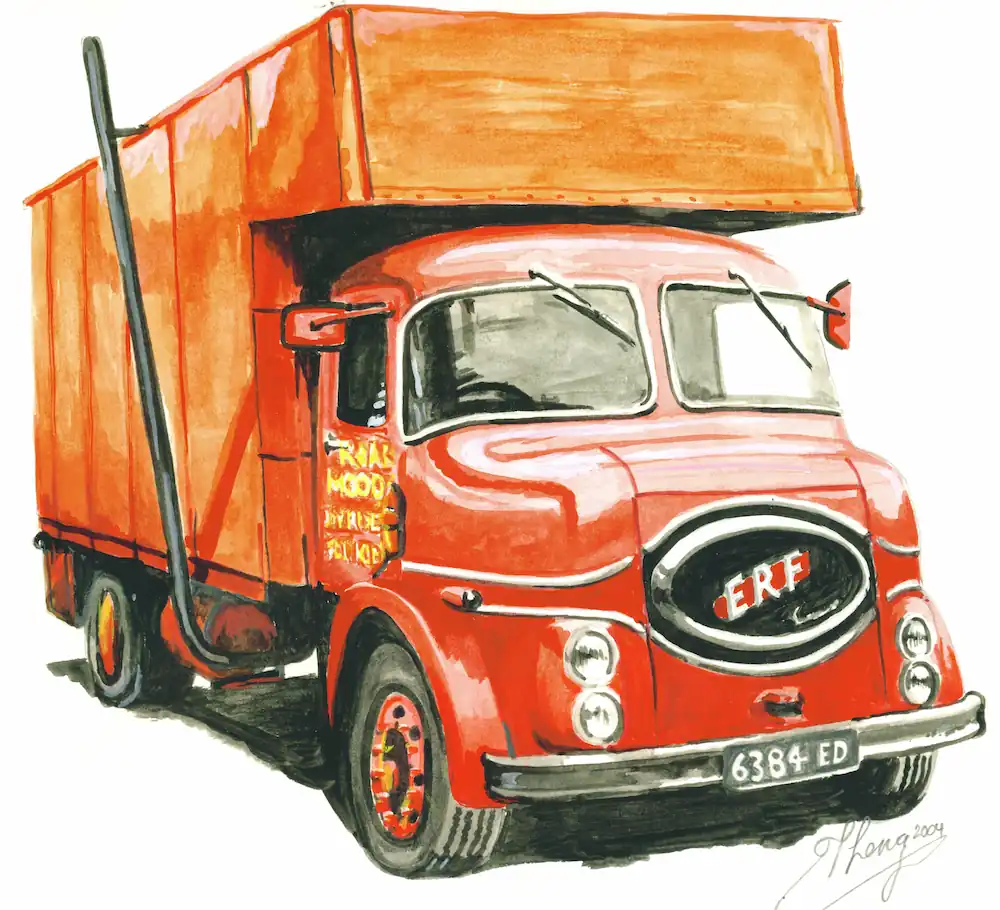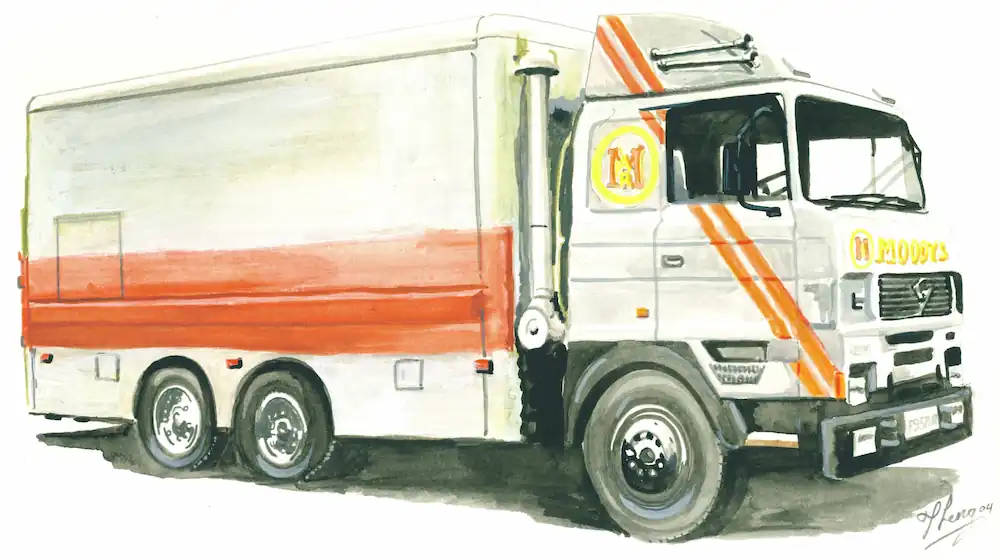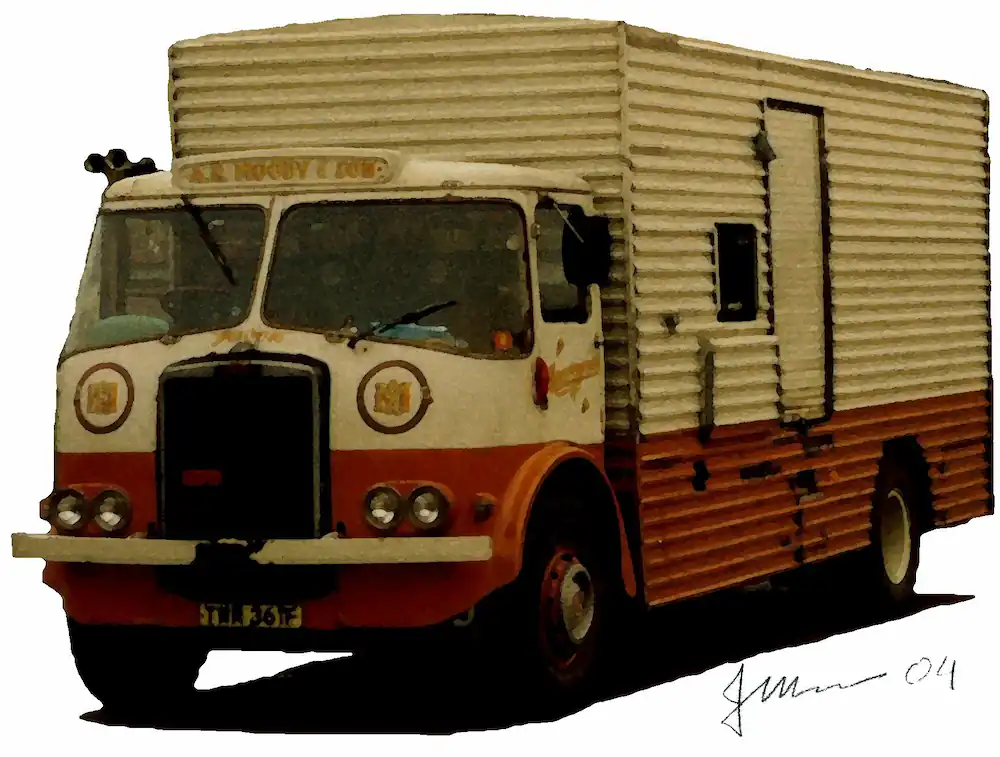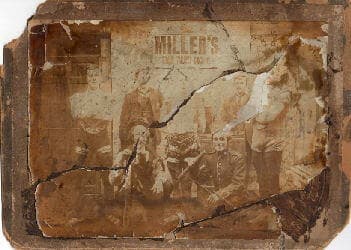Another selection of misadventures from our past history.
Keep Them Wheels Turning 2010
When we first started and was operating on a limited budget, we frequently had problems with equipment failures and vehicle breakdowns. As we grew and ended up in a position to buy better equipment, and also put back up systems in place we found that things seemed to run a lot more smoothly.
However the law of averages caught up with us the other day, we had quite a busy schedule, calling at a small village in Surrey to apply 125 chair covers and sashes and set up a chocolate fountain, then on to Sevenoaks to set a number of stalls and a couple of catering carts up, back to the first venue to drop two members of staff off, then I continued on to Walton on Thames to operate a candy floss and popcorn cart. As soon as I finished I derigged everything and shot back to the first venue with the intention of picking my staff up to travel home to Yorkshire, grab a couple of hours sleep, load the van up with the rest of the equipment for the Sevenoaks job and set back off down South.
Bang Goes The Tyre
Everything was going great guns when a bang, signalled that I had a tyre blown out, ‘great, just what I wanted on a lane in the middle of nowhere, a tyre change.’ In time I ended up wishing I was changing a tyre, because when I crawled under the back of the van I discovered the spare wheel missing (it was a hire van). I rang the owner and ot him out of bed, “ring the AA he said, the van is covered”, trouble is when I explained the problem they informed me that under their terms of service, not having a spare wheel meant that I wasn’t covered. Rang John again, “Ring a tyre firm he said and bill me”. An hour later after ringing every number I could find on the internet I rang John again. After an exchange of ideas, he informed me that he was setting off with a spare wheel, wonderful, the three of us only had to sit and wait in the van whilst John covered the 216 miles to us.
Now before John set off he had to nip up to our place and pick up the items I needed for the next day, this included a striker (test your strength machine). On our striker the base unit is made from 20mm steel plate to give it the weight needed to remain stationary whilst being hammered. The base unit is kept on a small set of wheel which allow it to be moved about the yard. When John and my other half lifted it into the van, John had not realised that the wheels were not part of the structure and left his fingers underneath when they dropped it into the back of the van. My wife rang me to tell me that John was running around the yard squealing about his fingers. She wasn’t in the mood for sympathy and told him that if he went to the hospital they would only tape his fingers up, and she offered to lend him a roll of tape to ensure he got on his way quicker.
When he arrived at our end the first thing he did was show me his fingers, which by then were black and blue and quite swollen. Bloody well serves him right for removing the spare wheel.
Mobile Bar Buzz 2010
We recently installed a bar at an event for a major motor industry manufacturer and a games console company. This was a pre paid job with us supplying a fixed package of drinks, including cocktails and one of our Jagermeister tap machines.
The event went stormingly with everyone in fancy dress and the room buzzing. Sabine Schmitz (the German female racing driver who raced Jeremy Clarkson around the Nurburgring race track, with Jeremy in a Jaguar S type, and Sabine in a Transit Van, she lost by only 9 seconds. Ms Schmitz and a cohort of German friends managed to consume our stocks of Jagermeister, before moving onto frozen Margarita cocktails with an added shot of Vodka, something our cocktail mixologist insisted you couldn’t do, but the Schmitz party proving you obviously could!
De Computer Sez So 2010
Quite often nowadays I don’t have time to keep this blog updated. Odd occasions I do have time I sometimes struggle for something newsworthy to write. Occasionally however something drops in my lap that I just have to put on here. I recently added a new van to our line up, and insured it with the company that insurers our other CItroen dispatch. In common with our other insurances we pay in a lump sum at the start of the insurance term. A couple of days ago the postman knocked on the door to deliver a registered letter from said company, upon opening it I read a formal notice that as I had not settled an outstanding amount they would be cancelling my insurance unless it was paid in the next 7 days. Now this puzzled me as I know I paid in full at the start of the policy term.
Upon reading further down the page, the amount outstanding was in large bold type to make it more noticable. It read that I owed them £0.00 that’s right Zero pounds and zero pence. I sent them a very nice email admitting that I owed this amount and asking if they would like a cheque for £0.00 or would they like it in cash in which case I would send them an empty envelope.
Amsterdam 2010
February, which is usually our quietest month (although this year turned out to be a busy one), saw us managing to fit a 3 day break to Amsterdam in. I have been there in the past both when I was single, and also spent part of my honeymoon there whilst touring Europe.
As is normal nowadays, everything was booked online a few weeks before, with the booking system informing me that actual airline tickets are no longer issued, we instead have E tickets. Anyway a couple of days before we were due to fly I discovered that my other half’s E ticket had been issued in her maiden name, and knowing that airlines are particularly picky about names since 9/11 I rang our carriers, KLM straight up. “No problem Mr Moody, said a pleasant Dutch voice, we can change names quite easily.” was followed by “Oh, sorry we can’t change your ticket”. Upon inquiring as to why, I was told that since I had booked them through a travel agent, the agent would have to make the name change request. I duly rang the agents to do this. (No problem Mr Moody, that’s quite easy, please hold the line”, was again followed by “Oh, we can’t do it”. The reason this time turned out to be the fact that it was Saturday, and the KLM office which deals with name changes doesn’t work weekends.
SO we ended up being told that we should get to the airport early, and the ticket desk there should change the name for us. On the morning we were flying we arrived bright and early only to be met with a queue of about 80 people! We informed an airport attendant of our predicament and asked if there was anyway of getting the ticket sorted sooner, upon asking to see our ticket, his reply was “I wouldn’t worry about your ticket mate, that flight was canceled last night”, turned out that the plane we were supposed to be on didn’t land because of fog.
Five bloody hours were in that queue for. Mid way through it the rumour seemed to be that the next available flight was the day after.Not wanting to lose a day of a short break, I got my laptop out, connected to KLM’s site and booked three seats on a later flight, reasoning that I would worry about refunds later. After booking the seats I was informed that I would have to pay for them at the ticket desk, so I would still have to stand in the bloody queue.
Anyway as we reached nearly to the front of the queue I discovered that the ticket agent was in fact booking people on the same plane I had just reserved 3 seats on, great it looked like I would have 6 seats on the flight, but at least one of the 6 would be in my wife’s current name. I duly reached the front of the queue to meet the ticket agent, a short stern faced lady who looked like she would make a good concentration camp guard in the movie industry.
I was just about to launch into a tirade about waiting 5 bloody hours and not being informed of cancelled flights when a young man dropped a bundle of papers on her desk and exclaimed innocently “These need taking care of when you get a minute”, the look she gave him would have welded steel from 40 paces, and her reply of “You know what you can do with those Stephen, shove them up your bloody arse!” seemed to modify my temper somewhat.
As she turned that steely gaze upon me I gave her my best smile, what I hoped was a slightly pleading look in my eyes, and informed her that not only did we need our flights sorting out, but my wife’s ticket was in the wrong name. Her eyes narrowed, her shoulders tightened and a visible shudder ran through her, taking a hold or herself she sighed loudly, stared towards the heavens, closed her eyes for a long moment then sorted everything out for us.
Amsterdam turned out much as I remember it, the Dutch must be the most laid back and pleasant race in Europe, and we spent a pleasant 3 days strolling around the city, with a short trip to the seaside town of Vollendam thrown in. THe first tram we boarded into the city centre, I asked the conductor for the price of the ticket (most locals use pre paid cards much like the oyster system in London), he just smiled and told me not to worry and get of when we were ready.
The next day having some experience of the tram system, we boarded the tram outside our hotel and I asked for 3 day passes. The lady conductor smiled sweetly and apologised for having run out of them. “It is not a problem”, she said, “Just buy them from a ticket machine when you get off”. Can you imagine that, over here it would go like this, “3 Day passes please”,
“Can’t do that mate I’ve run out”
“Oh, well can I buy them when I get off at the other end”
“No sorry can’t do that you need a ticket to travel”
“Oh well give me 3 tickets please”
“Sorry, just told you I’ve run out!”
Mid way through I had a headache coming on so thought I would nip into a chemist for some pain relief. What greeted me must have been one of the barest shelves of painkillers I have ever seen, about the size of a television set, it contained pretty much only what you could buy from a late night garage in this country. Upon inquiring about something a bit stronger I was informed that I would need a doctors prescription. “So let me get this straight,” I said, “I can walk into anyone of a million coffee shops and buy cannabis or marijuana, without any problems, but if I want something stronger than 400mg of Ibuprofen I need a prescription?”.
“That’s pretty much it”, replied the chemist.
“Strange country”,
“Yep” came the retort, along with that pleasant Dutch laid back smile.
Ready to come home, we reached Schipol airport, and found that they have a fully automated system to book in and be issued with your boarding card. I entered our E ticket number, only to learn that I was booked on the flight along with our daughter, but not my wife. It made me think of a recent case where an immigration official had waved his wife off at the airport in London, went back to work and added her to the known terrorist list of people banned from entering the UK, and then proceeded to live the single life until he was found out 4 years later, in the meantime his wife had spent 4 years stuck in Pakistan unable to find out why she wasn’t allowed to board a flight back to England!
As it turned out, because of the name change we had made at Bradford, my wife had received a separate reservation, which no one had bothered to inform me of.
If you missed them take a look at some of our other old stories here.

